Foundation there for chip success
Semiconductor technology is opening up great opportunities for Vietnam, and numerous agreements have already been signed. What is the current roadmap for the NIC and the Ministry of Planning and Investment (MPI) in implementing these agreements?
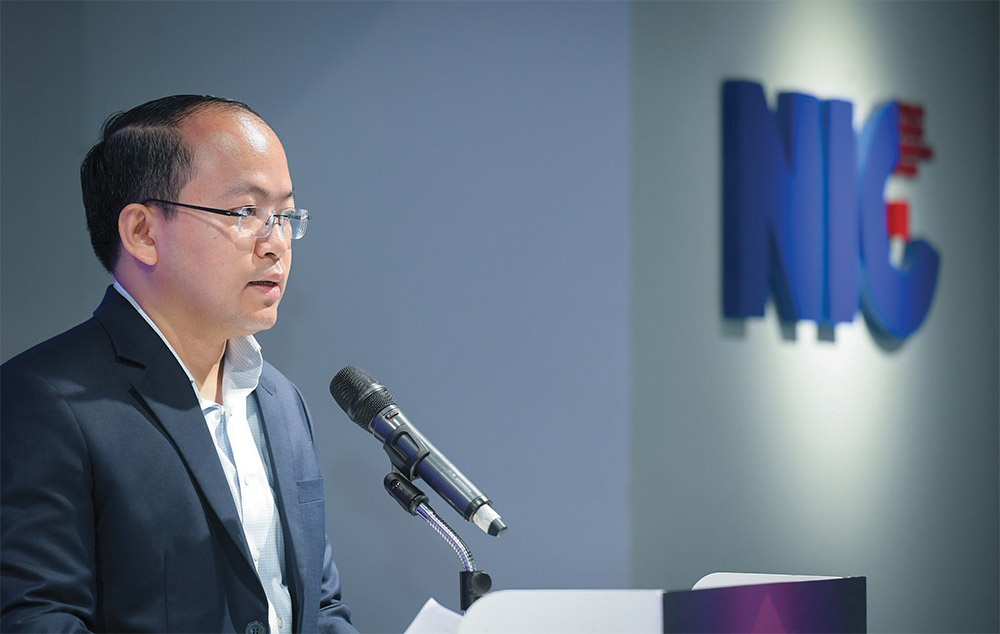 |
| Vu Quoc Huy, director general of the National Innovation Centre (NIC) |
In September, NIC signed MoUs with Synopsys, Cadence, and Arizona State University. Therefore, Synopsys supported NIC in establishing a chip design incubation centre at the NIC Hoa Lac campus, which includes Synopsys' advanced technologies in prototyping and simulation to optimise software and synchronise hardware design.
Synopsys also provides training licences, including curriculum, educational resources, and a programme to establish a chip design incubation centre.
In addition, NIC and Cadence will implement activities to promote the capacity to design and develop semiconductor chip products in Vietnam, while Arizona State University is developing human resources for the semiconductor industry here.
These collaborations were concretised at the launch of an in-depth training course on integrated circuit design for lecturers at universities in the Hanoi area and engineers at technology companies. The training programme is built with strong support of Cadence’s experts and lecturers from Arizona State University with extensive knowledge of the issue.
NIC and these partners have planned to organise training courses periodically to provide Vietnamese universities, training centres and startups with the necessary technology and training programmes to design and develop products.
Cadence will provide access to the tools to NIC-selected research institutes for students to gain hands-on experience in creating innovative integrated circuit (IC) designs.
Arizona State University will introduce job opportunities for engineers trained at the design centre to incubate with local and foreign businesses in the semiconductor industry, and links with Arizona's vast global semiconductor landscape.
The university and NIC are cooperating with Vietnamese research institutes or other educational organisations to develop training programmes and research exchange related to semiconductors and related fields.
Furthermore, Arizona State University will facilitate cooperation with governments, organisations, businesses, and corporations in the semiconductor industry in the US and around the world to support the development of semiconductors in Vietnam to deeply participate in the global semiconductor supply chain.
These partners also coordinate with NIC to implement the project on human resource development in Vietnam’s semiconductor industry towards 2030.
The investment level for chip production is considerable, so what role does the NIC play?
In the context that the semiconductor value chain is gradually shifting to Southeast Asia, Vietnam has all the necessary conditions and factors to develop the semiconductor industry such as a stable political system and a favourable location, attractive investment incentive policies, abundant technical and technological human resources, and increasingly developing digital infrastructure.
However, the industry is posing challenges for businesses and governments of other countries. Of which, Vietnam is also struggling with high investment costs. The investment for chip production is too large, with special infrastructure and complex production lines. Particularly, building a chip foundry can cost up to $50 billion.
International competition is getting fiercer, especially from countries such as China, the US, and Europe, which have announced plans for their chip sectors ranging from $50 to $150 billion. The increasing complexity of semiconductor technology requires large investments in research and development (R&D) to maintain competitiveness. Moreover, the requirement for high-quality human resources is massive, and Vietnam's human resources are only at the early stages, skills and qualifications are not enough to meet the needs of businesses.
To develop the industry, the MPI is focusing on improving the quality of human resources with the expectation of providing a sufficient number of human resources for domestic semiconductor enterprises and exporting labour to other developed markets.
There are special policies for the NIC to attract foreign investment. Specifically, investors can enjoy a corporate income tax rate of 10 per cent for 30 years from the first year of revenue, tax exemption for four years, and 50 per cent reduction of tax payable for no more than nine subsequent years from the date of taxable income. There is also exemption from import tax on raw materials, supplies, and components that cannot be produced domestically.
R&D centres are being built, creating a favourable environment for Vietnamese researchers and businesses to access new technologies, like at the IC design research and incubation centre at the NIC’s Hoa Lac campus.
Which segments should Vietnam look to in order to make the most of the opportunity?
In the stages of the semiconductor industry value chain of design, production, testing, and packaging, Vietnam can carry out the first and last stages at a strong level. Currently, though, there is no semiconductor manufacturing factory in the country.
In design, Vietnamese businesses include VHT from Viettel Group and FPT Semiconductor. The remaining companies include 36 foreign companies from Japan, the US, Taiwan, China, and South Korea investing in Vietnam with an estimated workforce of about 5,600 engineers.
In testing and packaging, Intel factories and a few foreign-led companies are able to do this. Currently, Intel has invested $1.5 billion in Vietnam since 2009 with nearly 3,000 engineers. Amkor factory in Bac Ninh province has an investment capital of more than $1.6 billion over three phases.
At the design stage, in Vietnam, recruitment demand depends on the number of businesses in the market. Sending engineers to work abroad depends heavily on the quality and ability to meet technical and skill requirements, as well as foreign language of engineers.
Vietnam has the conditions and capacity to train about 50,000 semiconductor industry engineers by 2030. To achieve this goal, the MPI is coordinating with relevant ministries, top universities in Vietnam, and high-tech parks and industrial parks to deploy tasks in relation to this.
| Nguyen Chi Dung, Minister of Planning and Investment
Various ministries and sectors are undertaking numerous tasks under the purview of the government, demonstrating readiness to embrace a new wave of funding in the semiconductor industry in Vietnam. The Ministry of Information and Communications has been tasked with forming the semiconductor development strategy for Vietnam towards 2030. It is in the final stages of completing the strategy and will soon be submitted for approval. The Ministry of Planning and Investment has been entrusted with being pioneering in formulating a project for workforce development in the semiconductor industry in Vietnam towards 2030, with a specific goal of training 50,000 semiconductor engineers. In relation to chip design, we have established the National Innovation Centre and partnered with two major US chip design corporations to inaugurate a research and chip design centre within the facilities. Moreover, despite existing policy mechanisms supporting high-tech industries, the recent parliamentary session passed on a resolution tasking the government with establishing a fund for supporting money inflows in the advanced technology sector, including semiconductors. Localities have prepared infrastructure readiness. In terms of land infrastructure, land clearance has been in progress to provide semiconductor businesses with clean plots. At the same time, strategic transportation infrastructure connecting economic centres, seaports, and airports is being strengthened. Additionally, localities are preparing for issues relating to IT, electricity, water, and social infrastructure for workers in the semiconductor industry. There is intense competition among countries in the region and globally for overseas investment, especially in the semiconductor industry, due to the significant financial benefits. If estimated correctly, they could reach over $1 trillion by 2030. |
| Albert P. Pisano, Dean, Jacobs School of Engineering University of California
Nations worldwide are looking forward to Vietnam’s entry into the global semiconductor arena. The global community has full confidence that Vietnam will excel, as evidenced by its existing strengths in manufacturing and engineering. For example, the production of wireless headphones, a synergy of various fields including plastics, acoustics, and wireless technology, all intricately integrated into the manufacturing process. Vietnam has laid a solid foundation in this area and continues to perform admirably. I believe that Vietnam has taken the right initial steps in the direction of human resource growth in this sector. This country boasts universities and research institutes dedicated to this field, steadily expanding and enhancing. With an established training system, the crucial task now is to propel human capital into this system and further intensify training efforts. I am optimistic that these endeavours will yield positive outputs for Vietnam. Truong Gia Binh, Chairman, FPT Corporation
While Vietnamese youth are enticed to this industry because of its financial edge, their counterparts in the United States, Japan, and South Korea are not fond of seeking career opportunities in the semiconductor sector due to its rapid development and demanding nature of work. Therefore, collaborations with foreign enterprises to position Vietnam as a semiconductor hub will generate job opportunities for young talent in technology powerhouses. In 2022, FPT established FPT Semiconductor, in coordination with incorporating semiconductor design training into FPT University’s curriculum. Furthermore, in partnership with the National Innovation Centre and the US technology organisation TreSemme, the Vietnam Semiconductor Training Centre has been formed. The centre aims to train tens of thousands of semiconductor engineers in the coming years, ultimately enhancing the quality of the labour pool, building confidence in the regional semiconductor ecosystem, and contributing to the global value chain. Nguyen Thien Nghia, Director general IT and Communications Authority Ministry of Information and Communications
We must acknowledge bluntly that Vietnam’s semiconductor industry is at potential level rather than a dominant role. The reality is that Vietnam has entered the global semiconductor supply chain, but on a relatively small scale. In the packaging and testing segment, there are three companies, and in the design segment, there are about 50 companies. All of these companies are supplying products and services to the global semiconductor chain. Vietnam needs additional policies to promote the activities of these companies. Meanwhile, building a creative startup ecosystem in Vietnam’s semiconductor field is also an area that needs investment. In terms of orientation, Vietnam will develop the semiconductor industry within an ecosystem involving collaboration and mutual support with some countries, to leverage existing potential. This development will concurrently foster both the foreign investment community and the domestic semiconductor enterprise domain, leading to association with the global semiconductor industry ecosystem. Promoting a supportive business ecosystem for chip manufacturers will enhance Vietnam’s attractiveness to major chip manufacturers, and turn Vietnam into a nation with significant chip production activities within the supply chain. Three key areas that global semiconductor companies consider when investing in manufacturing plants, namely infrastructure factors including electricity, water, and logistics, a labour element regarding the availability of workforce to operate factories, and industrial ecosystem support covering materials and equipment. Currently, electronics manufacturing activities in Vietnam are assembly-centric, with only a few domestic companies providing supporting services and components. |
 US businesses focused on semiconductors, clean energy, carbon reduction US businesses focused on semiconductors, clean energy, carbon reduction |
What the stars mean:
★ Poor ★ ★ Promising ★★★ Good ★★★★ Very good ★★★★★ Exceptional
 Tag:
Tag:
Related Contents
Latest News
More News
- Businesses ramp up production as year-end orders surge (December 30, 2025 | 10:05)
- Vietjet chairwoman awarded Labour Hero title (December 29, 2025 | 13:06)
- How to unlock ESG value through green innovation (December 29, 2025 | 10:03)
- AI reshapes media and advertising industry (December 29, 2025 | 08:33)
- FPT and GELEX sign deal to develop blockchain tech for global markets (December 29, 2025 | 08:29)
- Vietnam’s GDP forecast to grow by 9 per cent in 2026 (December 29, 2025 | 08:29)
- Women entrepreneurs are key to Vietnam’s economic growth (December 29, 2025 | 08:00)
- Vietnam's top 500 value-creating enterprises announced (December 27, 2025 | 08:00)
- The PAN Group shaping a better future with ESG strategy (December 26, 2025 | 09:00)
- Masan Consumer officially lists on HSX, marking the next phase of value creation (December 25, 2025 | 13:20)

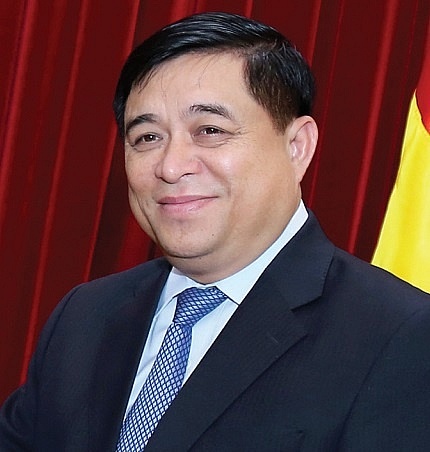
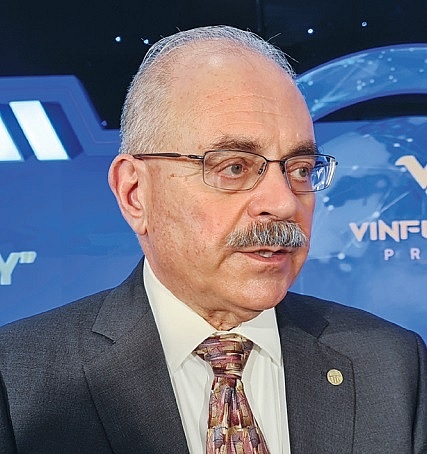
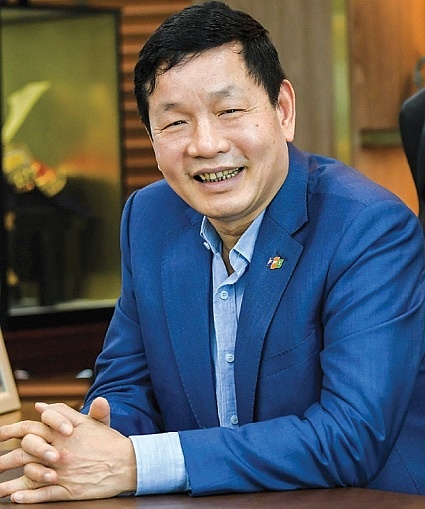
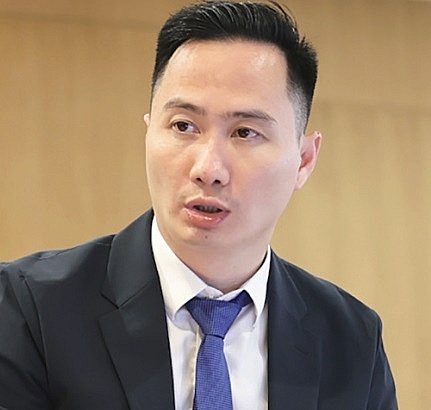




















 Mobile Version
Mobile Version